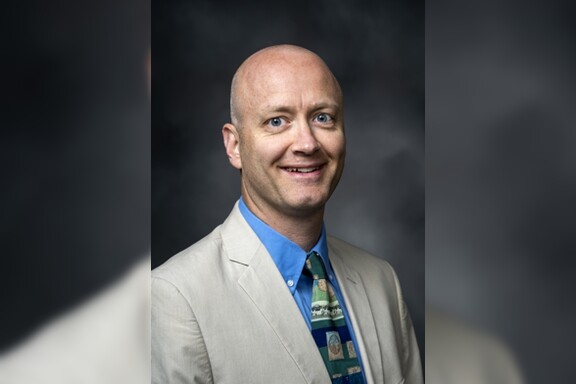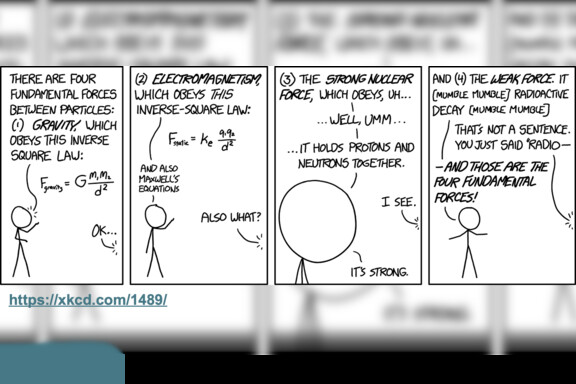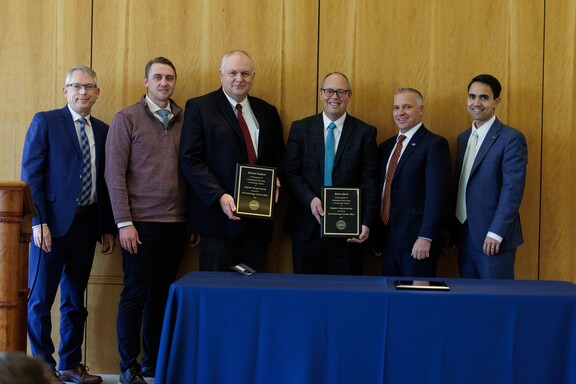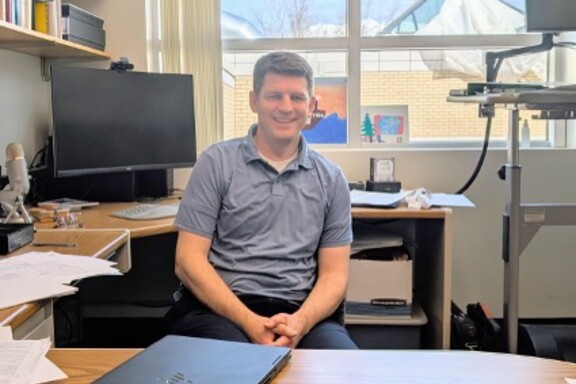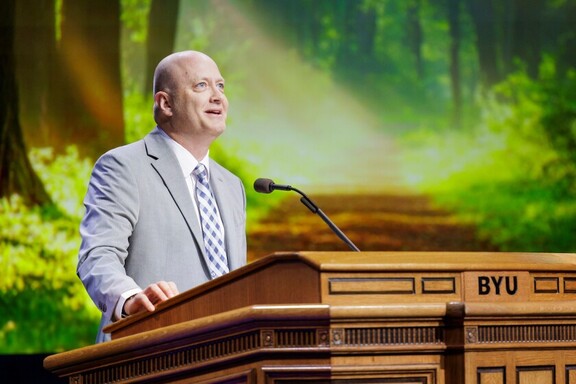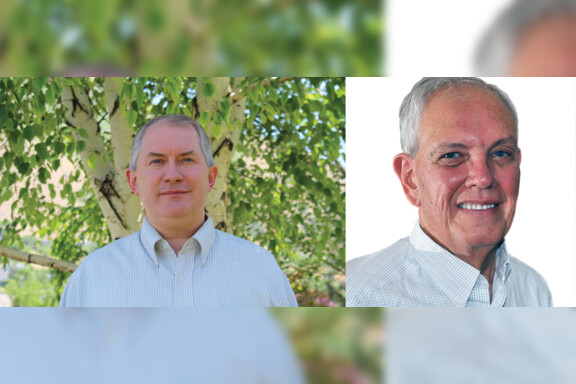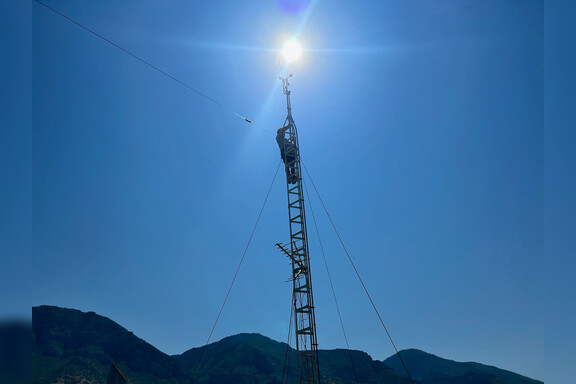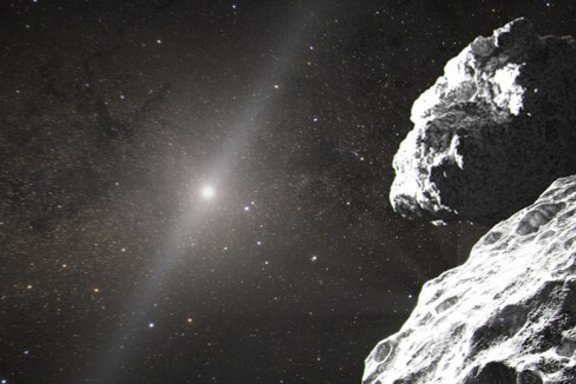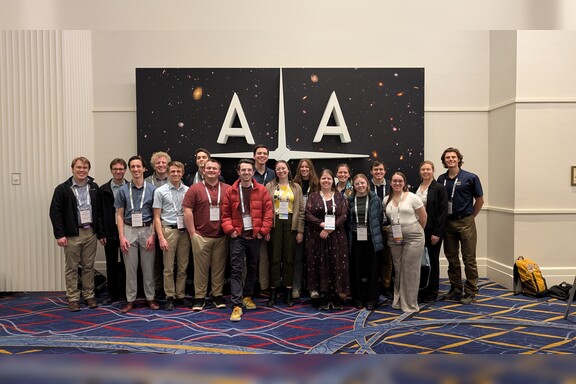Ben Pratt-Ferguson, who graduated in physics with a math minor from BYU in 1992 and then a master's degree from Vanderbilt University in 1997, has worked at Raytheon Company for 16 years.
Raytheon is a technology and innovation leader specializing in defense, civil government, and cybersecurity markets throughout the world. Raytheon supports U.S. and allied troops by providing state-of-t .
“We build the structure for testing and per- formance evaluation of the system at the software level,” Pratt-Ferguson said. “We have to build the aerodynamics and the environment around the missile. In other words, we put the missile virtually into a virtual world.”
Huge g-forces, massive acceleration, high speeds, viscous drag, and frictional heating make up this world. The use of aerospace technology in the workplace was what drew Pratt-Ferguson to Raytheon.
Pratt-Ferguson learned about defense-related aerospace technology at BYU. He earned an Air Force ROTC scholarship and was able to take some classes to learn about missile technology in the armed services.
“I've been interested in aerospace and defense- related items since I was young,” Pratt- Ferguson said. “So in that sense, I had already been interested in some of the technologies that the Air Force uses.”
Much of the work Pratt-Ferguson does involves technology based problem solving. With his background in physics, he is able to work through these problems.
“Solving technical problems is what I enjoy most,” Pratt-Ferguson said. “What keeps me motivated is . . . first, the challenge of solving the problem. The second is understanding the bigger picture. Why am I solving this problem? Who am I helping? The answer always points back to our war fighters.”
Pratt-Ferguson received his master's degree at Vanderbilt University in 1997 and received a job right after graduation. He is currently living in Tucson, Arizona.
From newsletter 2015
News and Events
